This is a free fortnightly newsletter about the New Zealand Net.
If you would like to be notified by email when a new edition is published, please subscribe here.
Browse our Newsletter Archive and List of Net Tips.
Featured key
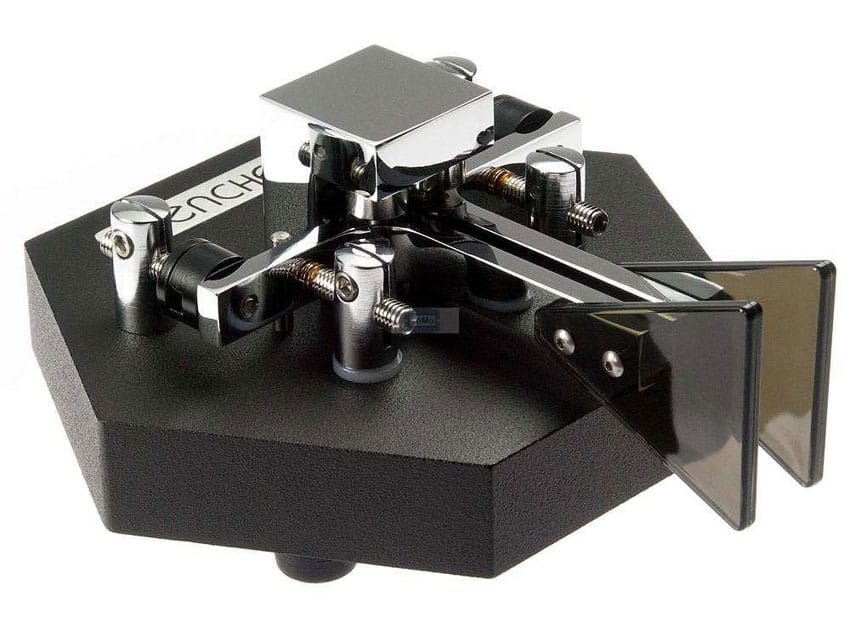
Bencher Hex Iambic (sic) Paddles are a classic Bencher design – attractive to the eye and a perfect match for the proficient CW operator. This innovative design utilises magnets for tensioning and allows separate individual tensioning adjustments for dot and dash contacts.
If you are a ham who learned CW using a “bug,” then you know that it was necessary to be fairly physical with the bug for good CW. Old habits are hard to break, and many operators still tend to slap their paddle around. These are paddles that will take it and come back for more. They’re certainly one of the heaviest paddles available, weighing in at well over 3 pounds (1.4 kg), and the components are tough, sturdy, and built to last. They’re paddles that you won’t be chasing around the operating position.
But does this sturdiness mean that the operator must give up the feather-light responsiveness and tactile feedback that Bencher paddles are justly famous for? Not at all! Hex Paddles are truly a magical combination of rugged construction and a deft, flawless touch. Solid silver contact points with gold plating ensure perfect closure. Whether you are just learning CW or are at the top of your form, these are the paddles that will take you to the next level.
The above was adapted from Bencher advertising – as you had probably guessed!
Bencher, like Vibroplex (which now owns Bencher), branded their dual-lever paddles as “iambic,” even though there’s nothing inherently iambic about them. In most cases, they would have been used with iambic electronic keyers – although they could have been used with any method of squeeze keying (for more on that, see NZ Net News 106 and NZ Net News 107.
The ubiquitous Bencher BY series (see NZ Net News 35) of dual-lever paddles is renowned for its light action. The Hex, on the other hand, was aimed at ops who lacked the delicate touch. 🙂
* If you have an interesting key for this feature, please send a nice clear photo and a few words describing it.
Quick notes
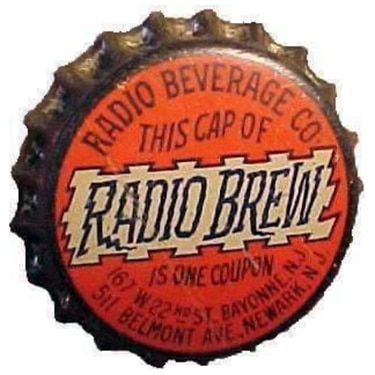 Field Day is next weekend. Please send photos (video also welcome) of CW operating for the next NZ Net News. Also, due to most of our net members being involved with Field Day, there will be no NZ Net on Saturday 22 Feb.
Field Day is next weekend. Please send photos (video also welcome) of CW operating for the next NZ Net News. Also, due to most of our net members being involved with Field Day, there will be no NZ Net on Saturday 22 Feb.
No change to 40m sub-bands. The attempt by the Wireless Institute of Australia to reduce the CW-only portion of 40 metres to just 25 kHz in IARU Region 3 (see NZ Net News 137), has not been approved by the IARU, although they may still consider it. See save40metrescw.com for the latest developments.
ZL2GVA tribute. Nick ZL2NEB has produced a video tribute to his amateur radio elmer Gerard ZL2GVA, who was also an NZ Net control operator. Gerard died of cancer last November.
IC-7760 arriving soon. Icom’s new HF transceiver will be available in New Zealand at the end of this month, priced at NZ $12,247.50 including GST. Who would like to be first with a review? 🙂
Heathkit history. Here’s a fascinating history of the Heath Company. What Heathkits are in your shack?
Picture: “Radio Brew was a non-alcoholic Prohibition-era beverage, with production beginning in 1928. I suspect it was discontinued when the USA ended Prohibition in 1933.” – David Serra, K9YA Telegraph on Facebook
Photo flashback
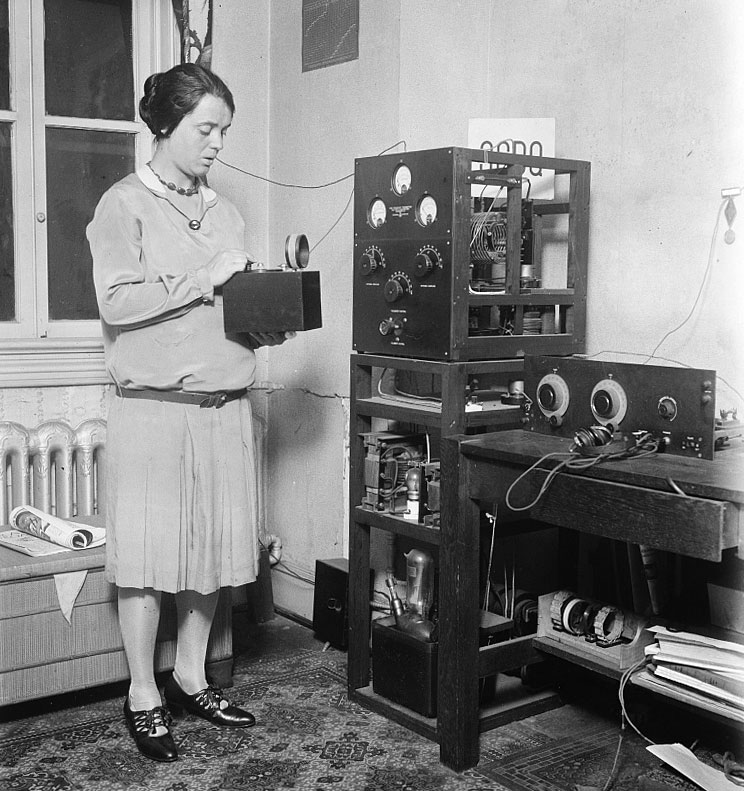
Harris & Ewing, photographer. US Library of Congress, Public Domain
Elizabeth Zandonini (b 1898) obtained her commercial radio operators licence in 1917 while in high school. She taught radio to soldiers during World War One. In 1922 Elizabeth got her amateur radio licence, with callsign 3CDQ (later W3CDQ). Living in Washington DC, she was an accomplished designer and builder of radio equipment. As an operator, she preferred 40-metre CW. (Photo dated 1928.)
Field Day 50 years ago
By Paul ZL1AJY
My first Jock White Field Day, in February 1975, was a modest effort using what was then a modern Japanese transceiver, the Yaesu FT-101B, and a 12-volt tractor battery.
The station was simple in the extreme. The essential hardware was loaded onto a Massey Ferguson 35 rear tray and driven up a fairly steep farm track to a bush clearing high in the hills between Te Awamutu and Mt Pirongia.
A simple 80-metre dipole was thrown between two trees and the FT101B balanced on a wire mesh freezer box, connected to the lead acid battery removed from the Fergie 35.
Noise was zero. A few stations doing test calls were easy copy on sideband, and a couple of contacts with friends farther south were no problem.
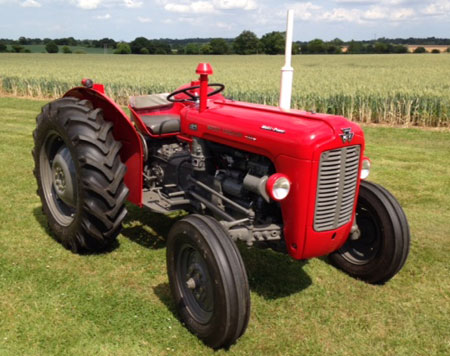 Logging was pen and paper. Nothing much has changed in that department, to be honest!
Logging was pen and paper. Nothing much has changed in that department, to be honest!
The first hour went well, not so flash in the second hour.
A FD station some distance away was using the same Branch Number, which was common in the early 1970s when there were more clubs active than nowadays. I was “advised” that my branch was wrong and so I changed to another one.
The hour was completed and the contest abandoned. Packing up didn’t take long: battery replaced in the tractor and back down the track to the car and home.
Photo: Massey Ferguson 35, via Wikimedia Commons
Cryptic QNCs
By Peter ZL1PX
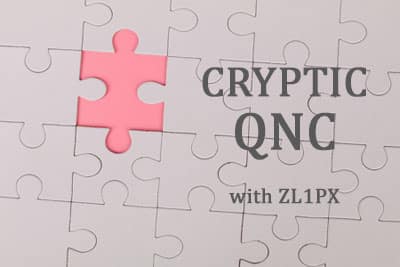
Cryptic crossword puzzles have interested me for many years. I started doing them in the 1980s when I worked as a primary school teacher and had time to fill in the holidays. I also discovered my new brother-in-law Terry (I married Josephine in 1983) sat down with the New Zealand Herald cryptic crossword every day – and had found most of the solutions by lunchtime. He is still my inspiration, although I can usually finish Herald crosswords on my own now. Whenever I meet with him in Bell Block, we enjoy finishing off a crossword together while having breakfast, although that doesn’t mean we get everything right, every time.
The point about cryptic puzzles is the three or four meanings hidden in the clues provide fairly solid proof you have it right. You don’t need synonyms written in pencil somewhere and then fill in the answer when they fit with other words. Once you have a solution, you are confident the letters from that answer can be used in other solutions.
Cryptic QNCs for NZ Net can’t be done like that. So I design clues as tightly as I can so that when an answer presents itself there is hefty proof it is right.
I am still learning how to do this. In my NR17 last year, I sent: “NINE LETTERS STOP NAKED LIMPET AT THE BALLROOM DOES THE STANDING WAVE.” The answer was a very-hard-to-get ‘IMPEDANCE’. There were just not enough clues.
My NR20, a few weeks later, did better. “FOUR LETTERS STOP IS BACK AND NORTH EAST BUT A REGULAR SHAPE.” Clue 1: reverse letters I and S to read SI; clue 2: add N and E on the end of SI; clue 3: a kind of shape. The answer was SINE. Perhaps I could have improved this by replacing the word shape with cycle.
I was particularly pleased to see Stephen ZL1ANY and Graeme ZL2TE solve my NR8 recently. Here’s what I sent:
NR8 R ZL1PX 23/19 WAIUKU 0200Z 1FEB25 = NZ NET CRYPTIC = FIVE LETTERS STOP ANSWER NOW INITIALLY COMMA WRITTEN BY KEATS TO A GRECIAN URN WHICH MAKES A POSITIVE ELECTRODE = ZLIPX
Graeme gave me a beautifully worked out explanation of his answer, as follows:
The answer is “anode”.
Explanation:
- “Five letters”: The answer must be a five-letter word.
- “Answer now initially”: The initials of “Answer” and “Now” are A and N.
- “Written by Keats to a Grecian urn”: John Keats wrote the poem “Ode on a Grecian Urn”, so “ode” is a key word.
- “Which makes a positive electrode”: The anode is the positive electrode in an electrical circuit.
Thus, combining A (from “Answer”), N (from “Now”), the initial words and their initial letter and Ode (from Keats), we get “ANODE”.
I understand not everyone ‘gets’ cryptics and that is okay. I am also doing ham net exam questions. Others are doing history or astronomy or something else. There are countless topics yet to be explored. The objective is to encourage interesting and satisfying traffic. I hope that from all this more NZ Net members will find something that will inspire them to create traffic of their own.
RigExpert office destroyed by Russian missile
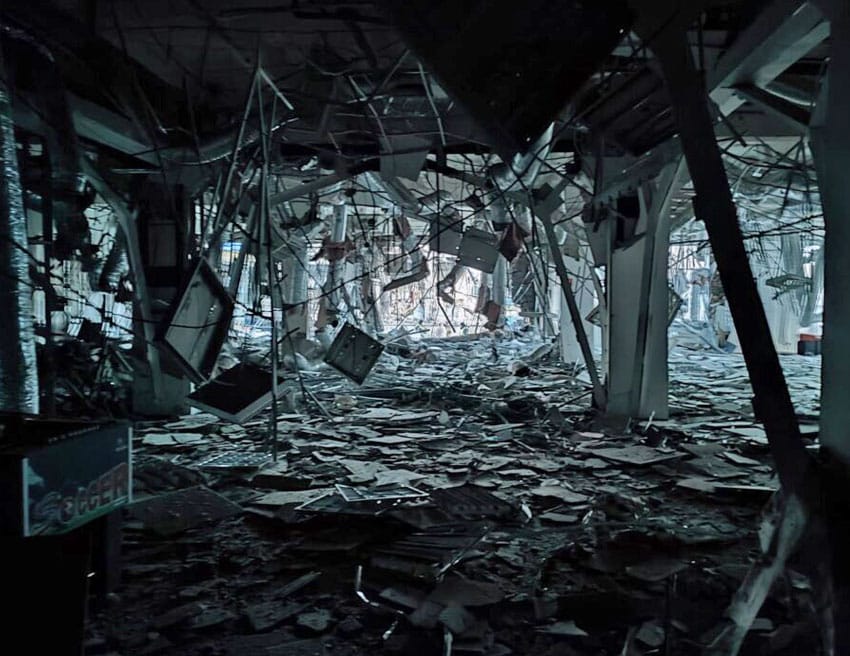
Photo: RigExpert
Statement from RigExpert:
Kyiv, 12 Feb 2025 – Today, RigExpert’s administrative office was destroyed by a Russian ballistic missile. Fortunately, all employees are safe.
Despite this difficult situation, the RigExpert team is committed to restoring operations as soon as possible to continue providing our products to you. We are working tirelessly to minimise delays and fulfill our commitments. Besides, we are maintaining our usual customer support operations. Please, don’t hesitate to get in touch.
“Our top priority is the safety of our team and the continuity of our operations. While our administrative office is in ruins, our production facilities survived, allowing us to continue serving our customers and partners,” said Ashot Andeev, CEO.
RigExpert is committed to resuming full operations as soon as possible and will keep stakeholders informed throughout the recovery process.
NZ Net QRK5 in England
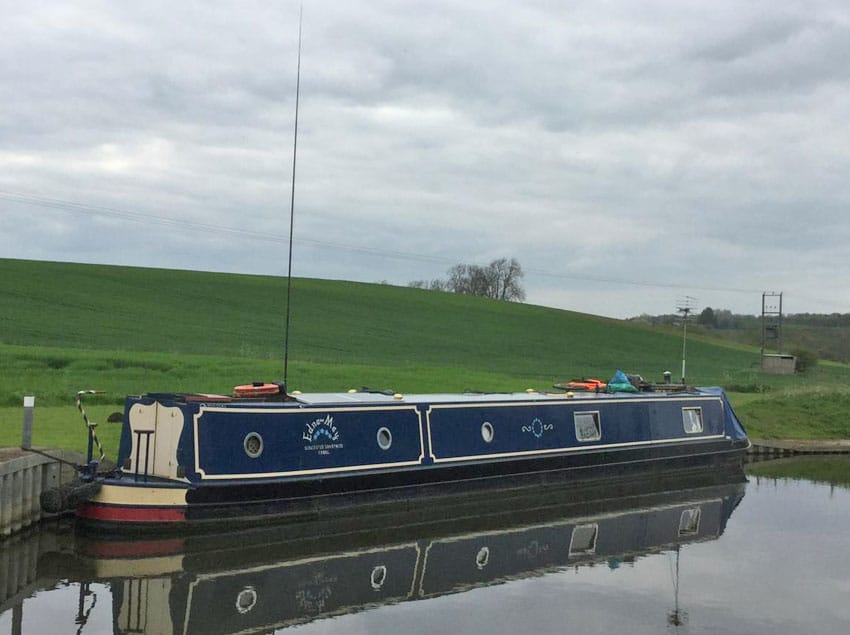
Photo: G3ILO
Steve G3ILO listens to NZ Net aboard his narrowboat Edna May on the English canals. His rig is a K2 with a “fishing pole” aerial. Steve sent the following report to ZL2GD after our 6 Feb NZ Net session:
I have listened most mornings to your cw net. 7030 very busy here in Europe but I have copied various ZLs. I am usually making breakfast and half-listening to you, but this morning I actually noted who I could hear: ZL2TE was 579, ZL2KE 559, ZL4GW 559, ZL1NZ 539, ZL4LDG (sic) 429, ZL1KR 339, VK3DRQ 539, VK4PN 529, ZL1PX 429, plus ZL1AJY. Then 2 European stations drowned the net out.
I will be moving to Slimbridge, about two hours down the canal, so will be interested if I can hear the net from there. Frosty foggy morning, -4C at 8am, but forecast is for a sunny day.
Thanks for the report Steve. I thought narrowboating was a summer pastime; you must be a hardy soul to do it in February!
Net numbers

In spite of the summer holidays, or perhaps because of them, January was a fantastic month for participation in NZ Net. We recorded 280 check-ins, and 23 stations participating. Both numbers set new records. Traffic handled was also strong, at 59 messages.
NR3 R ZL1NZ 55/52 AUCKLAND 0800Z 3FEB25 = NZ NET = JAN QNI PA9O 8 VK3DRQ 27 VK4PN 12 ZL1AJY 4 ZL1ANY 23 ZL1AYN 16 ZL1BDS 19 ZL1KR 11 ZL1NZ 27 ZL1PX 21 ZL2GD 11 ZL2IR 1 ZL2KE 15 ZL2LN 2 ZL2TE 13 ZL2WT 2 ZL3RIK 1 ZL3TK 17 ZL4BDG 2 ZL4FZ 4 ZL4GW 14 ZL4KX 13 ZL4LDY 17 TOTAL 280 QTC 59 = ZL1NZ
Video: New product – just in time for Field Day!
It’s also great for mobile operation, as long as you watch out for power lines and bridges. 🙂
Net tip: QNC
We continue our look at Q signals with one that you may hear used by any station on the net: QNC.
It means: “I have a message for all net stations”.
Usually, it refers to a message that will be sent as formal traffic (a radiogram) but QNC could also be used before an informal message.
When checking into the net, a station with one message for all stations will tell Net Control “QNC”. If they have two messages for all stations, they will send “QNC2”, etc.
If a station has only QNC traffic, they do not need to check in during the first five minutes of the net, which are reserved for stations with QTC traffic (that is, traffic for specific stations). This is because QNC messages are sent on the net frequency late in the net. Regular QTC messages, on the other hand, are typically handled on other frequencies while the net is in progress, so Net Control will try to clear them as quickly as possible.
Example
If ZL2TE is Net Control, a check-in might go like this:
DE ZL1NZ GE GRAEME RSN 593 QNC K
This is one of the rare occasions that we should use K on the Net. If ZL1NZ had sent “QRU” there would be nothing more to say, so the K would be unnecessary. But in our example, Net Control cannot know whether there’s more to come (such as “QNC QTC1 ZL4GW”) so the K tells Net Control we’ve finished checking in.
On a side note, we also have BTN (Back to Net) which we use instead of K when it might not be obvious who is supposed to go next. In our example, it’s obvious that ZL1NZ is addressing Net Control, so K is fine.
The A-Z of Q Signals
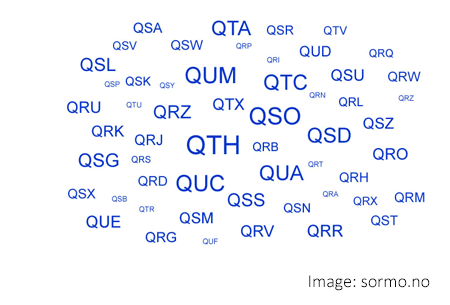
A well-run CW net is a lovely thing to experience. Communication between stations is quick and concise, and the net business is conducted with minimal time wasted.
As CW operators, we have many techniques to communicate quickly and efficiently. And if we know and use these techniques, we can often match or exceed the speed and accuracy of voice communication.
One of our most important tools is the set of Q Signals (or Q Codes), and in this series we look at the “essential” ones, in alphabetical order.
There will be some Q Signals that we rarely encounter, so that’s where a list kept near the radio can be helpful.
Advertising archive
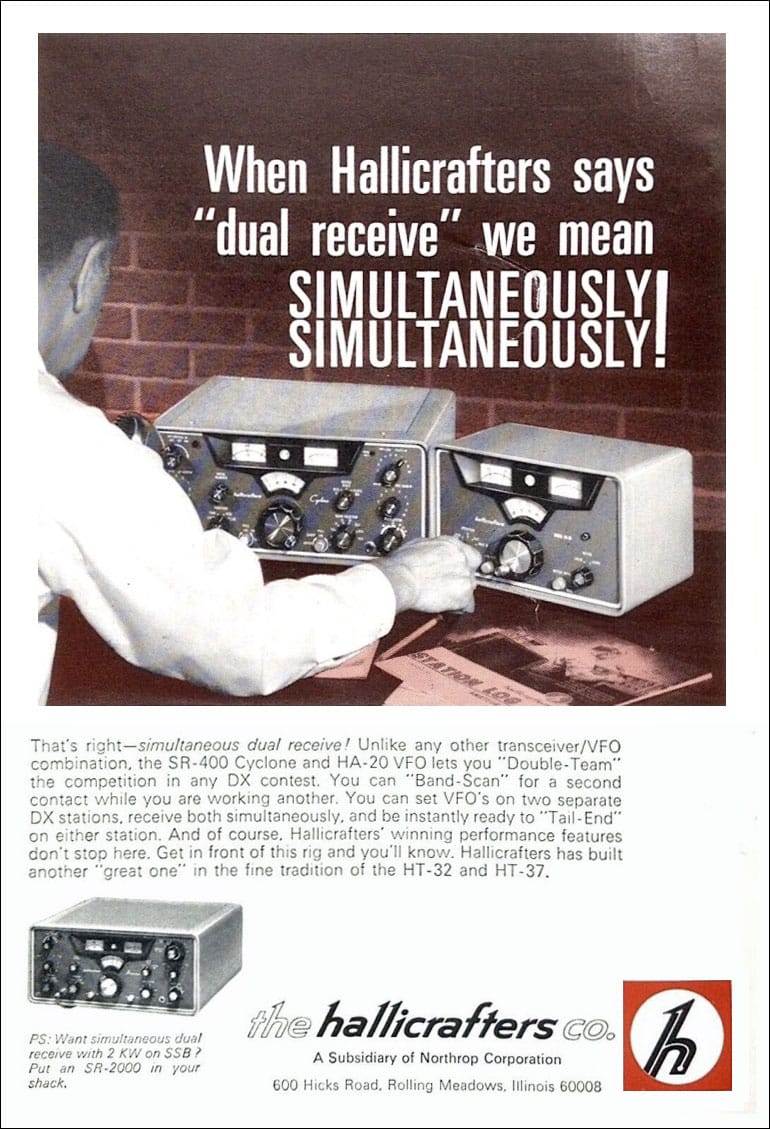
1969
Suggestions?
If you have suggestions on how to make the NZ Net better, or things you’d like to see covered in these updates, please contact ZL1NZ. You might even like to write something for the newsletter.
Thanks for reading, and I hope to hear you soon on the NZ Net!
—
Neil Sanderson ZL1NZ, Net Manager
New Zealand Net (NZ NET)


